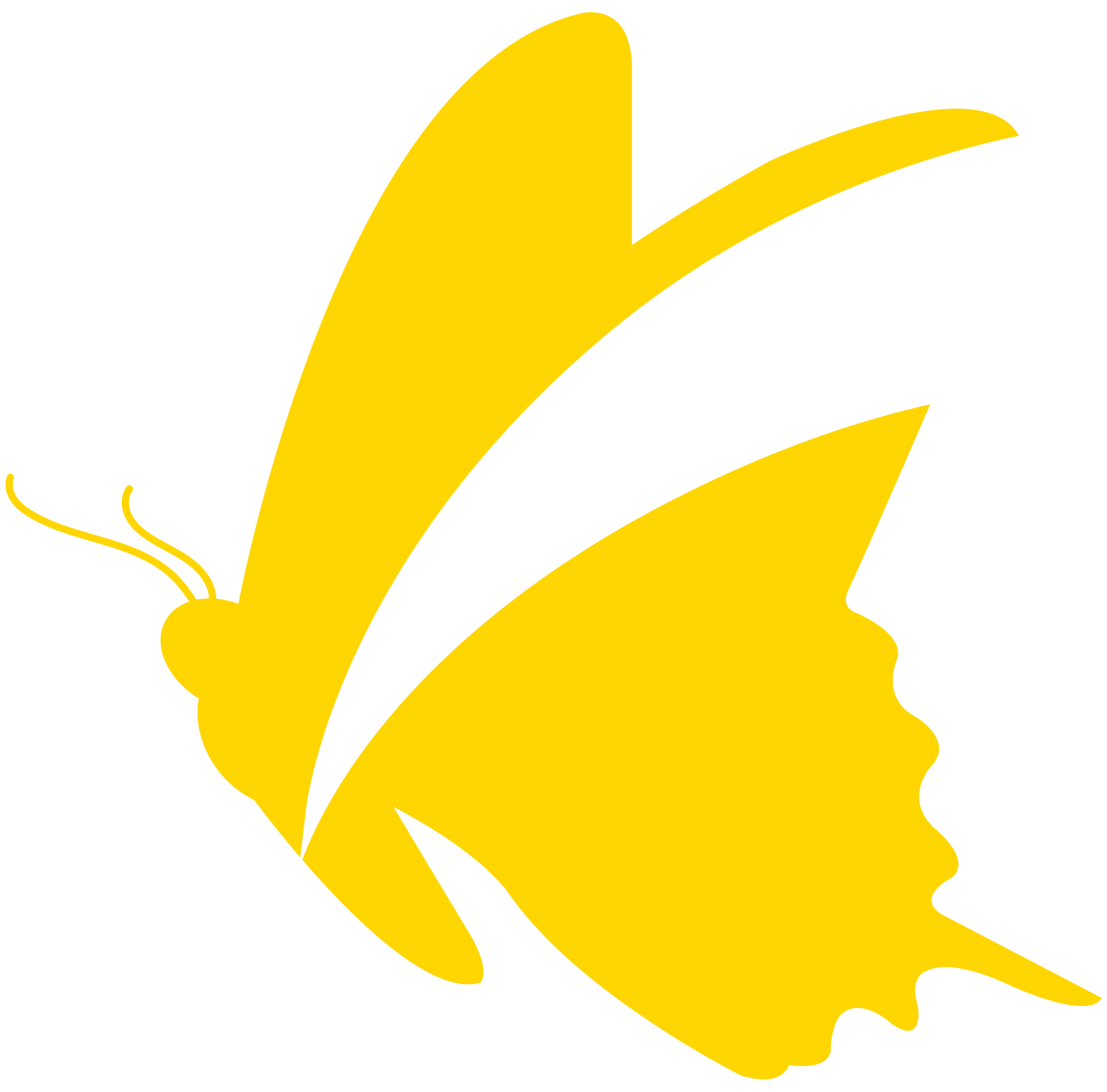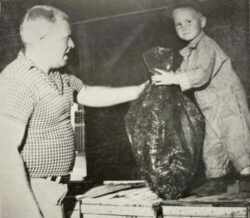One of the earliest criticisms of the theory of evolution was about flatfish eyes – how could one eye migrate to the other side of the head? Darwin tried to explain it, unconvincingly, and it’s still somewhat controversial. Evolutionary biologist Jerry Coyne brings us up to speed in a recent blog.
If flounder eyes evolved by natural selection, was it all at once, by a single mutation, or a gradual change over a long period of time?

The gradualist theory, slow and incremental change, got a boost recently when one of Coyne’s former students found 2 fossil species, each with one eye at the top of the head.
Another clue comes from the first weeks of flounder development, as can be seen on this time-lapse video. Hatchlings look like normal fish, swimming upright. Then, one eye slowly migrates across the head towards the other side.
The “recapitulation theory” holds that as an organism develops (ontogeny), it goes through stages that resemble the adult forms of its ancestors (phylogeny). For example, a human embryo looks like a fish at some point because humans evolved from fish-like creatures. But we have to be careful here — embryonic development offers clues about evolutionary history, but it’s not always a straightforward replay of the past.

So if the change was gradual, what competitive advantage was an eye that migrated part-way around the head? Well, a fish lying on its side on the bottom appears to be dead, and as such, a less desirable meal for a predator. If it was slightly tilted, instead of lying perfectly flat, the bottom eye could be of some use.
A recent paper by a group of Chinese geneticists postulates that there were 2 phylogenic “paths” to flatfish development. Shortly afterwards, this was challenged, but the Chinese group is sticking to their position.
Coyne’s conclusion: it’s still uncertain, but it’s interesting to contemplate ways this change could have occurred by natural selection.
For more info check out the videos below:
How Did the Flounder’s Face get Like This?
Top photo by John William Robertson, M.D. From “On Land and Sea, A Pictorial Review of the Eastern Shore of Virginia.” The Eastern Shore News, Inc, Onancock Va. 1961. Page 153.

